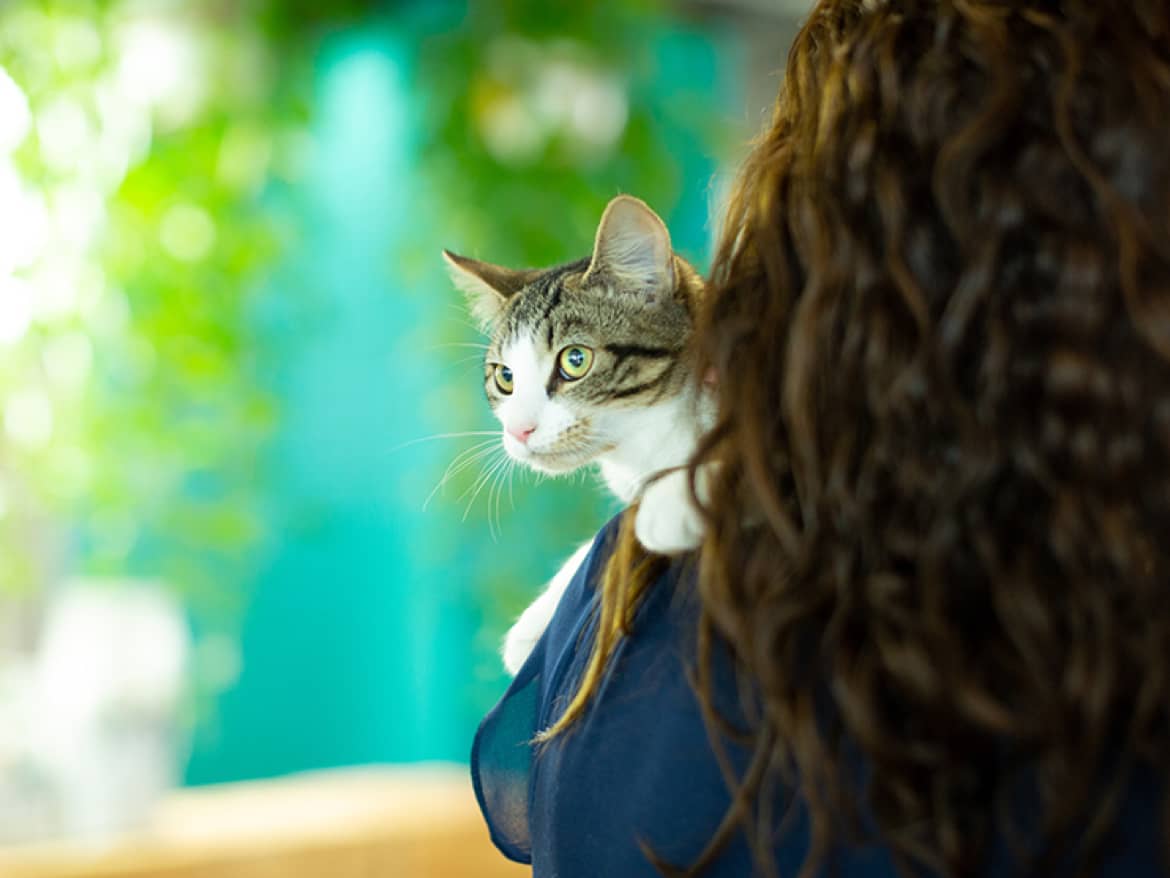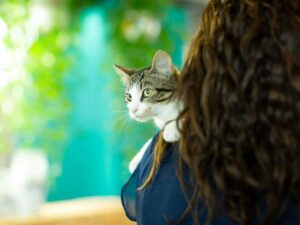Netherlands: A 58-year-old woman was recently diagnosed with Staphylococcus felis, acquired from her own cat.
Following a spinal surgery, a woman developed an infection in the surgical wound. Tests were conducted and showed that the bacterial culprit was Staphylococcus felis. This is a bacterium whose primary host is, as the name suggests, the cat.
Staphylococcus felis only occasionally makes cats sick and is more frequently found in healthy cats. It can be found in skin and urinary tract infections in cats, but it generally isn’t the primary cause of infections in cats and is considered an ‘opportunistic bacterium’.
In this case, when the woman was diagnosed with Staphylococcus felis, due to the unusual nature of the infection, further investigations took place, which led researchers to the home of the woman, where her three cats live. The three cats were tested for Staphylococcus felis and were all found to be positive for the bacteria! The genomic sequencing of the bacteria found in each cat showed that only one of the cats had the same isolate as the woman, showing that this was the cat from whom the woman caught the infection from.
Thankfully, the cultured bacteria were susceptible to antibiotics and the woman was successfully treated for the infection with no further complications. In this case, as none of the cats were sick, there was no need to treat the cats for Staphylococcus felis in its normal host.
While this was a very unusual case of transmission of a feline specific bacterium to a human, it serves as a timely reminder to remember that there are bacteria and viruses that can cross from pets to humans and vice versa. The best way to prevent infections is to maintain excellent hygiene when handling pets, including frequent hand washing and the cleanliness of the environment, including food bowls, bedding, litter trays, and other surfaces that pets and humans may have contact with. If anyone is sick in the household (human or pet!), try to limit contact with other pets and people until they are well to help prevent the spread of diseases.
Reference:
Sips et al, Evidence of cat-to-human transmission of Staphylococcus felis, J Med Microbiol 2023
Pet insurance can help by covering a portion of the eligible vet bill if the unexpected happens. Because it is difficult to predict the costs of veterinary care, it can help to have measures in place to help prepare for the unexpected. Check out our partner network and explore our policy tools to find a pet insurance policy.
Not all conditions or items are covered by Pet Insurance. Refer to the applicable Product Disclosure Statement for information about coverage and exclusions.







